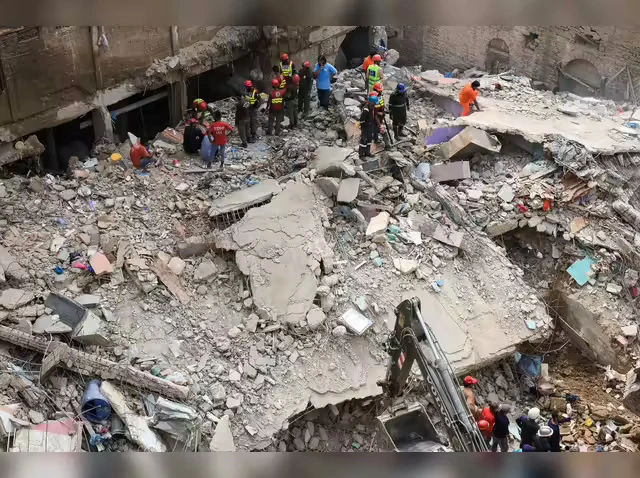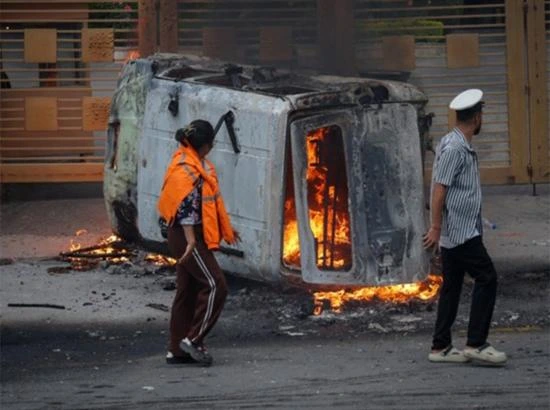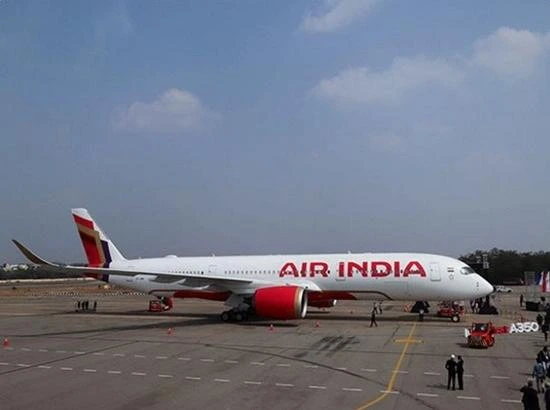05-JULY-2025,07:00 PM Karachi, the economic hub of Pakistan, woke up to tragedy as a multi-storey Karachi building collapsed in a densely populated residential area, killing at least 16 people and leaving over 20 still trapped under the rubble. The incident has once again raised serious questions about urban planning, construction standards, and emergency response preparedness in one of Pakistan’s largest cities.
Karachi building : A Grim Morning in Karachi
Karachi Building Collapse Sparks Panic
In the early hours of the morning, a five-storey Karachi building located in the Gulbahar area crumbled into a massive pile of concrete and dust. Witnesses reported hearing loud creaks before the collapse, followed by a thunderous crash. Chaos ensued as locals rushed to the scene, desperately trying to pull survivors from the wreckage even before official rescue teams arrived.
Families living in the building were reportedly asleep when the structure gave way. The National Disaster Management Authority (NDMA) and Edhi Foundation responders arrived shortly after the collapse, launching a full-scale rescue operation.
Karachi building : Rescue Operations Underway
Karachi building : Over 20 People Still Feared Trapped
Rescue teams are using heavy machinery, sniffer dogs, and manual tools to search for survivors under tons of debris. As of the latest update, more than 20 individuals are still believed to be trapped beneath the collapsed Karachi building. Emergency medical camps have been set up near the site to provide immediate care to the injured.
Pakistan Rangers, the Army’s engineering corps, and local firefighters are working round the clock alongside volunteers. The complexity of the rescue operation has been increased due to the narrow lanes and congested surroundings of the area.
“We are doing everything we can to find survivors,” said a spokesperson from the NDMA.
Karachi building :Initial Investigations Begin
Karachi building : Construction Irregularities Suspected
According to preliminary reports, the Karachi building was allegedly constructed illegally and lacked structural approvals from relevant municipal bodies. Locals claim that multiple additional floors were added without reinforcement or regulation.
A team of engineers from the Sindh Building Control Authority (SBCA) has started an inspection of nearby buildings to prevent further catastrophes. SBCA is also under scrutiny for failing to act on previous complaints about illegal constructions in the area.
“This tragedy could have been avoided,” stated a civil engineer at the scene. “There are countless buildings like this in Karachi waiting to collapse.”
Victims and Survivors
Families Devastated by the Incident
Heartbreaking scenes unfolded at the site as family members of residents waited for news. Some survivors were pulled out with broken bones, while others were rescued after hours of being trapped in pitch darkness.
One woman who lost her husband and two children told reporters, “We had complained about cracks in the walls, but nobody listened.”
Hospitals across Karachi have been placed on high alert, and several injured individuals are being treated for serious head trauma, fractures, and internal bleeding.
Karachi’s History of Unsafe Buildings
A Recurring Urban Nightmare
The Karachi building collapse is not the first of its kind. In fact, Karachi has witnessed several such tragedies over the past decade. Poor construction practices, lack of accountability, and corruption in building approvals have often been blamed.
Between 2019 and 2024, at least 11 building collapses were reported in Karachi alone, with over 100 deaths and many injuries. Yet, despite promises of reform, illegal constructions continue to rise.
Urban development experts argue that unless strict regulations are enforced and municipal oversight is improved, these disasters will continue.
Government and Public Reactions
Condolences, Blame, and Promises
Sindh Chief Minister Murad Ali Shah expressed deep sorrow over the Karachi building tragedy and promised compensation for victims’ families.
“This is a matter of serious negligence. We will hold those responsible accountable,” he said during a press briefing.
Prime Minister Shehbaz Sharif has also taken note of the incident and directed federal rescue agencies to provide full support.
Meanwhile, the public has taken to social media with hashtags like #KarachiCollapse and #JusticeForVictims, demanding transparent investigations and an end to illegal constructions.
Legal and Administrative Response
FIRs Filed, Builder Detained
Karachi police have registered an FIR against the building’s owner, contractor, and several officials of the Sindh Building Control Authority. According to reports, the main contractor has been detained for questioning.
Legal experts suggest this could become a landmark case for urban accountability in Pakistan. However, skepticism remains about whether long-term change will follow or if this will become another forgotten tragedy.
What’s Next for Karachi?
A Wake-Up Call for Urban Authorities
Urban planners insist that the Karachi building collapse should serve as a tipping point. A full audit of residential buildings, especially in older and congested areas, has been recommended.
Emergency drills, community safety programs, and building retrofits are just some of the steps needed to avoid future disasters. Without them, experts warn that more lives could be lost in similar preventable tragedies.
Conclusion: A City in Mourning, a Nation Demanding Answers
As Karachi mourns the victims of this catastrophic building collapse, a national conversation has begun about the dire need for better urban governance, strict enforcement of safety norms, and real consequences for negligence.
The Karachi building collapse is not just a tragic event—it’s a symptom of deeper systemic failures that must be addressed. For the families grieving, for the citizens still trapped, and for those living in fear of the next collapse, the time to act is now.
Source : ANI





